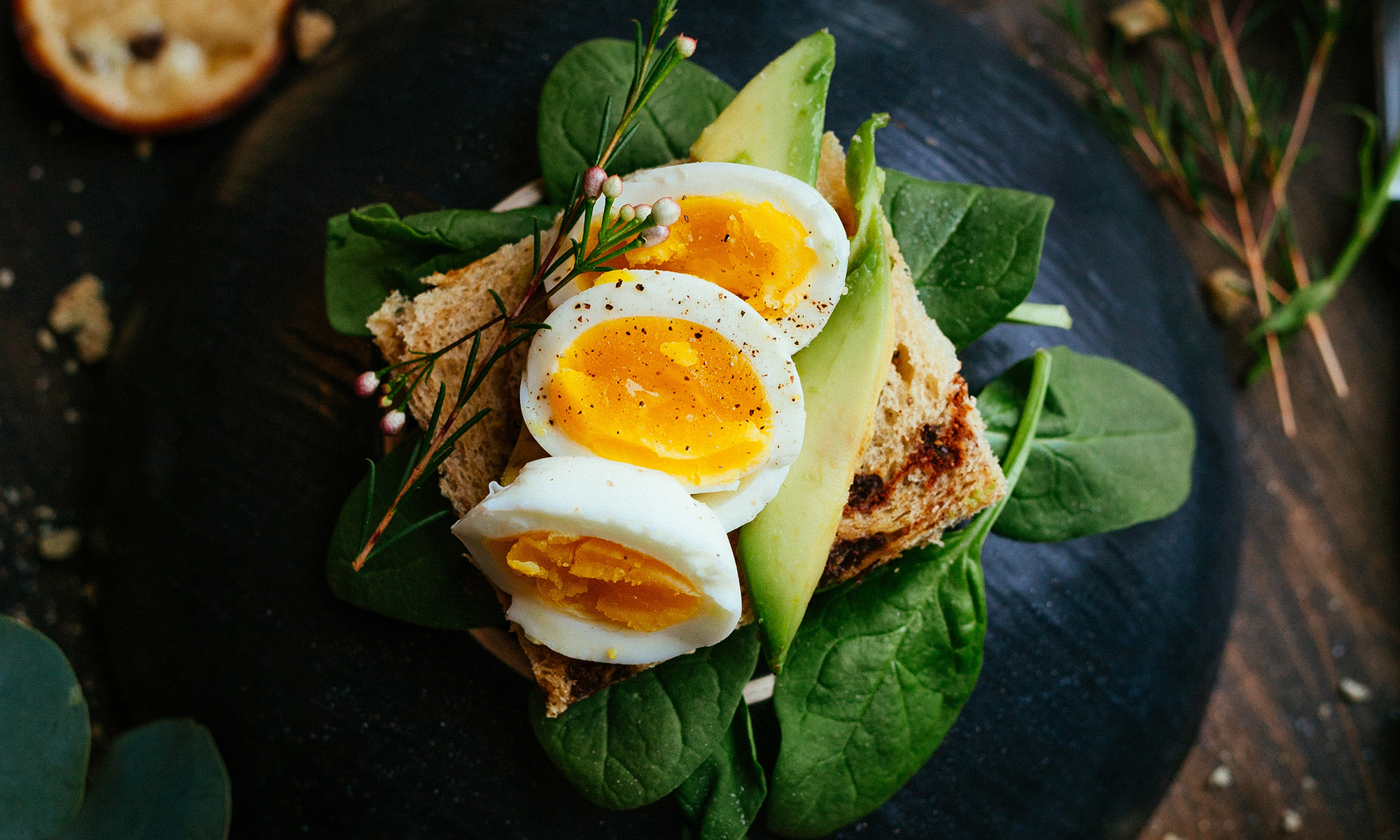Scouring through my freezer unearths random bits of grand schemes and leftovers: turkey stock reduction from Thanksgiving, leg of lamb marinated-style tandoori but still raw, and a hunk of foie gras. When I realize I won’t be able to consume foodstuff before they expire, I toss them in the freezer. Perhaps, it’s not the best for way to store food, but it’s better than the alternative.
The foie gras was leftover from Foie Gras three-Ways. As hard as we tried, the six of us could not consume the full lobe (and thank goodness we didn’t). So I wrapped the leftover chunk in a paper towel and plastic wrap and tossed it in the freezer.
Fast forward nine months, and the foie gras is not improving with age. Consuming it hardly aligns with any new year’s resolution to lose weight or get fit; but it does fit with my goal of wasting less food. So I invited a few friends over for dinner.
In the vegetable drawer, another remnant of a grand scheme: celeriac that I had intended to serve with duck. Together, they made an elegant first course.
For the main course, I cooked the lamb and served it with naan (also from the freezer, leftover from the chicken tikka masala) and savory greens with potatoes.
A satisfying meal produced entirely from leftovers. And if I hadn’t said anything, you may have never known.
Seared Foie Gras
4 oz. foie gras cut into 4 slices
1 tbs. chopped shallots
¼ cup port wine
1 cup turkey stock reduction
2 tbs. butter
salt, pepper and lemon juice to taste
1. Season foie gras with salt and pepper. Heat a pan over high heat until it is smoking hot. (Really). Press foie gras into dry pan. Cook for 1 minute. Turn over and cook for 1 second. Remove from pan.
2. Drain pan of all fat except 1 tbs. Add shallots. Deglaze pan with port, add chicken stock. Reduce. Swirl in butter. Season to taste with salt, pepper and lemon juice.
3. Rest foie on celery root puree. Serve with fried sage and sauce.
Celery Root Puree
1 knob celery root
¼ cup cream
Salt, pepper and lemon juice to taste
1. Peel celery root and cut into chunks.
2. Put celery root in a pot and cover with cold water. Add a generous pinch of salt. Bring to a boil over high heat, reduce heat to a simmer and continue cooking until the celery root is tender.
3. Drain celery root, reserving about 1/4 cup of the cooking liquid. Put in a food processor, along with the cream and process until smooth. Adjust seasoning with salt, pepper and lemon juice. Set aside in a warm place.
Fried Sage
1 bunch sage leaves
3 garlic cloves, sliced thin
3 tbs. plan oil
Heat a large sauté pan over a high flame. Add oil. Add sage leaves. Sauté for about 1 minutes, or until the leaves begin to look spotted and translucent. Add the garlic and continue to fry until garlic begins to brown. Remove and drain on a paper towel. Season with salt and pepper.







